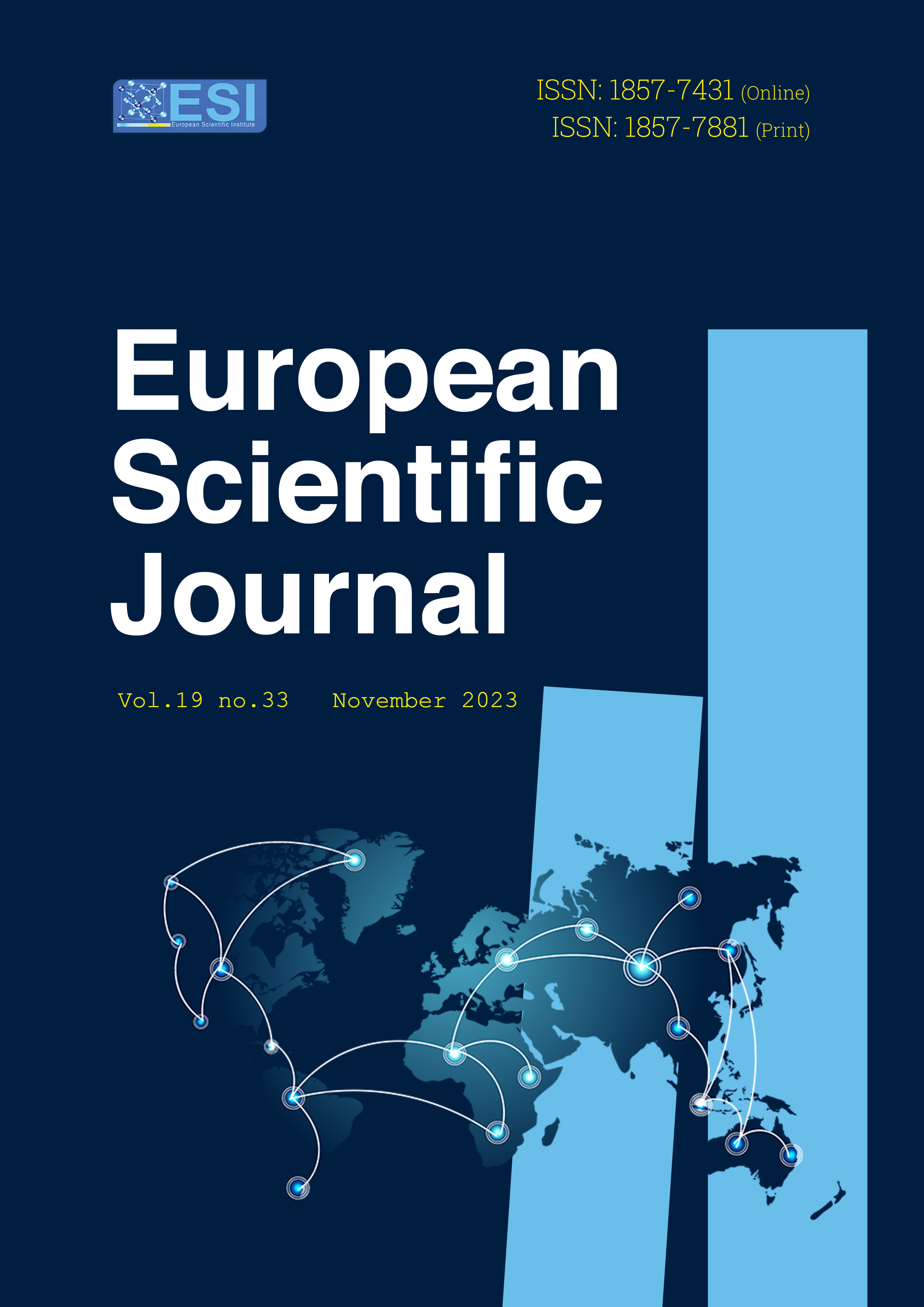Evaluating the Impact of a Teaching Program on Nurses' Performance during CVP Measurement in Intensive Care Units: A Quasi-Experimental Study
Abstract
The intensive care unit (ICU) is a specialized area of hospitals dealing with the diagnosis, management, and follow-up of critically ill patients. Moreover, Critical Care Nurses (CCNs) should have strong analytical, interpersonal, and decision-making skills. Objectives: This study aimed to assess the effect of the teaching program on CCNs’ performance during the measurement of central venous pressure (CVP). Design: A quasi-experimental design was used. Methods: The study was conducted in the critical care units at Al-Assad University Hospital, Damascus from June to September 2020. All available registered nurses working in the previous ICUs were included. An observational checklist sheet was developed by the researcher after reviewing the related literature. Each nurse was observed once for each procedure during different shifts. The researcher developed and designed the teaching program based on the nurses’ needs according to their performance during the initial assessment. Results: The results showed that the performance of the nurses improved after the program. The best performance was for nurses in the age group between 20 and 24 years, nurses with a master’s degree, and nurses with less than five years of experience, while the level of knowledge and practice of the studied nurses was average and poor before the teaching program. Overall, this study found a statistically significant relationship before and after the implementation of the program. Conclusion: There has been an obvious improvement in nurses’ knowledge and performance after the teaching program. It is essential to help nurses expand their knowledge and practices to provide high-quality care and promote patient safety.
Downloads
Metrics
PlumX Statistics
References
2. Ahmed, W. A. M., et al. (2016). "Invasive hemodynamic monitoring at critical care units in Sudan: Assessment of nurses' performance." Journal of Health Specialties 4(3): 196.
3. Al-Metyazidy, H. A. and G. A. Younis "The Effect of Safety Guidelines during Different Measuring Techniques on Central Venous Pressure Reading in Mechanically Ventilated Patients."
4. Aloush, S. (2018). "Educating intensive care unit nurses to use central venous catheter infection prevention guidelines: effectiveness of an educational course." Journal of Research in Nursing 23(5): 406-413.
5. Atia, G. A. (2020). "Effect of Central Venous Catheter Care Bundle Implementation on Outcomes of Critically Ill Patients." Evidence-Based Nursing Research 2(1): 12-12.
6. Bano, S., et al. (2018). "Measurement of the internal jugular vein and common carotid artery diameter ratio by ultrasound to estimate central venous pressure." Cureus 10(3).
7. Hill, B. (2018). "Role of central venous pressure (CVP) monitoring in critical care settings." Nursing standard 32(23): 41-48.
8. Hill, B. and C. Smith (2021). "Central venous pressure monitoring in critical care settings." British Journal of Nursing 30(4): 230-236.
9. Huang, X. L., et al. (2021). "Effects of a mobile phone application for graduate nurses to improve central venous catheter care: A randomized controlled trial." Journal of Advanced Nursing 77(5): 2328-2339.
10. Lesmana, H., et al. (2019). "The Effect of Changes in Postural Position Angle Degree on Central Venous Pressure Measurement." Indonesian Journal of Medicine 4(3): 192-200.
11. Li, D.-k., et al. (2017). "Association between elevated central venous pressure and outcomes in critically ill patients." Annals of Intensive Care 7(1): 1-7.
12. Magder, S. (2007). "Invasive intravascular hemodynamic monitoring: technical issues." Critical care clinics 23(3): 401-414.
13. Mansour, H. E. (2019). "Developing Nursing Standards for Maintaining Fluid and Electrolyte Balance for Critically Ill Patients in Intensive Care Units." Journal of Intensive and critical care 5(1): 4.
14. O'Dwyer, L. (2011). "How to perform central venous pressure measurement." The Veterinary Nurse 2(10): 600-603.
15. Patel, H. (2021). "A study to assess the effectiveness of pamphlet on knowledge regarding central venous pressure care among the staff nurses working in various intensive care units of selected Hospital Mehsana District." International Journal of Advances in Nursing Management 9(1): 11-14.
16. Promnoi, C. (2012). "Central Venous Pressure Monitoring: Clinical Practice Guide for Nurses." Songklanagarind Journal of Nursing 32(1): 45-52.
17. Roger, C., et al. (2017). "Comparison of different techniques of central venous pressure measurement in mechanically ventilated critically ill patients." BJA: British Journal of Anaesthesia 118(2): 223-231.
18. Sannino, M. and G. P. Pisani (2018). "14 Nursing Care in ICU." Congenital Heart Disease: The Nursing Care Handbook: 229.
19. Sathish, N., et al. (2016). "Comparison between noninvasive measurement of central venous pressure using near-infrared spectroscopy with an invasive central venous pressure monitoring in cardiac surgical Intensive Care Unit." Annals of cardiac anesthesia 19(3): 405.
20. Von Rueden, K. T. (2020). "Bridging the Gap Between Clinical Practice and the AACN Practice Alert on Pulmonary Artery/Central Venous Pressure Monitoring in Adults." AACN advanced critical care 31(1): 34-40.
Copyright (c) 2023 Yasser Adnan Abu Jaish

This work is licensed under a Creative Commons Attribution 4.0 International License.








